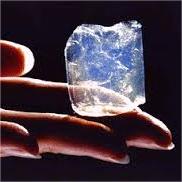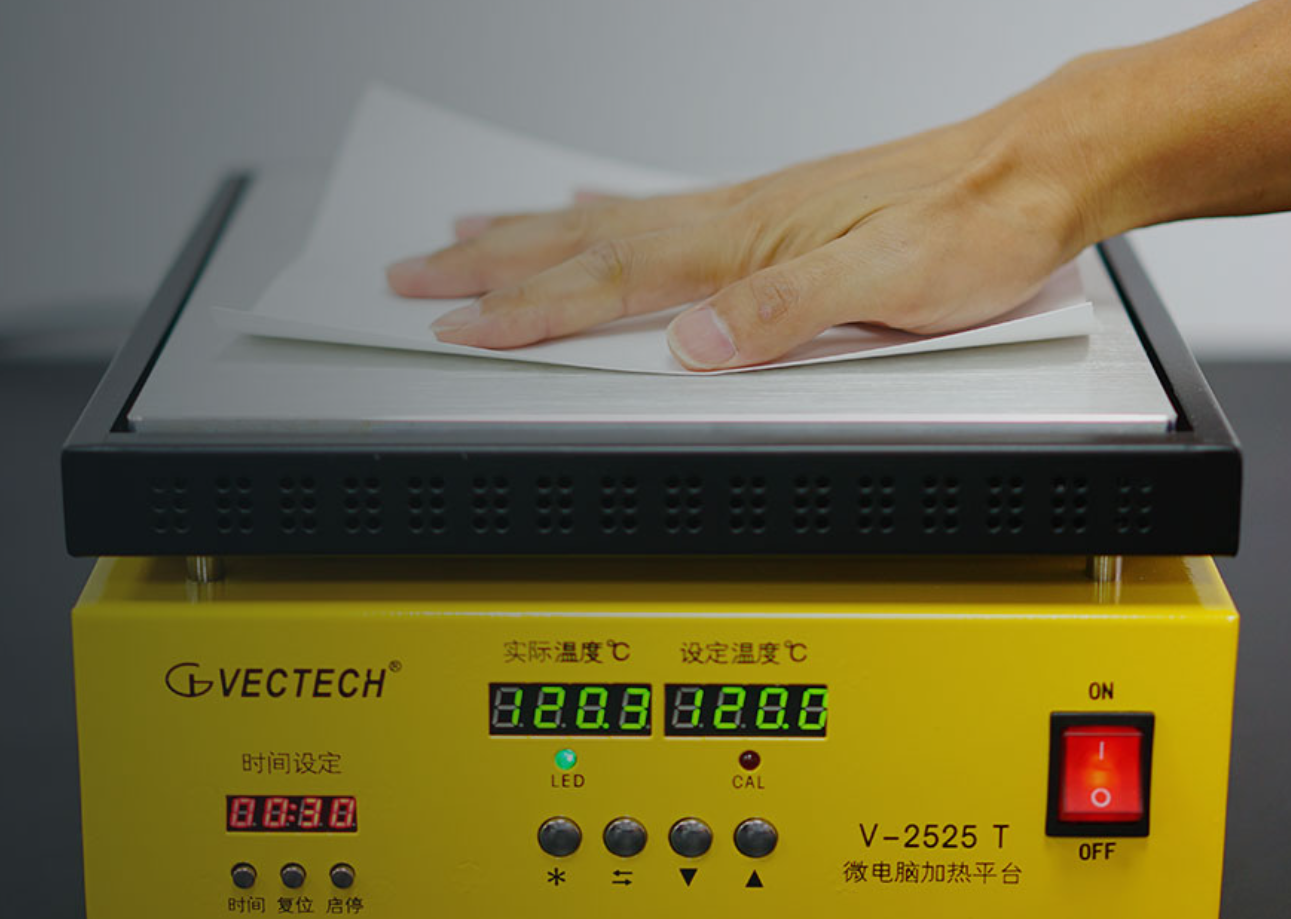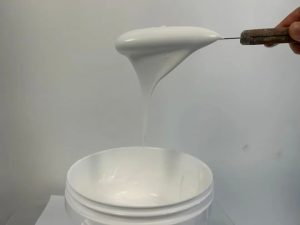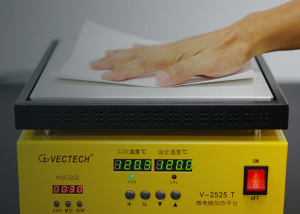Professional industry ceramic supplier, silicon nitride, silicon carbide, aluminum nitride and any other kinds of ceramics.
1. Introduction
Just 24 hours ago, a major lab equipment supplier issued a safety bulletin warning users about premature cracking in silicon carbide crucibles due to improper preheating—a reminder that even advanced ceramics demand careful handling. If you’re working with molten metals, glass, or high-temp lab processes, your silicon carbide crucible is likely a critical (and costly) component. But without proper use, it can fail unexpectedly.

This guide gives you step-by-step instructions to safely operate and maintain your silicon carbide crucible—plus tips to distinguish it from similar materials like silicon nitride or boron carbide so you choose the right tool for the job.
2. Understanding Your Silicon Carbide Crucible
A silicon carbide crucible is made from sintered silicon carbide (SiC), an advanced ceramic known for exceptional thermal conductivity, hardness, and resistance to thermal shock up to 1,600°C (2,912°F). Unlike alumina (Al2O3) or zirconia crucibles, SiC handles rapid temperature changes better—but only if used correctly.
- Silicon carbide crucibles are NOT the same as silicon nitride crucibles (made from Si3N4), which offer higher strength but lower thermal conductivity.
- Boron carbide vs silicon carbide? Boron carbide (B4C) is harder and used in armor, but less thermally stable—making it unsuitable for most crucible applications.
3. Step-by-Step: How to Use a Silicon Carbide Crucible Safely
3.1. Pre-Drying and Preheating

Never place a cold or damp crucible directly into a hot furnace. Moisture trapped in micro-pores turns to steam and causes cracks.
- Dry at 110°C (230°F) for 1–2 hours if stored in humid conditions.
- Gradually ramp temperature: heat at 100–150°C per hour up to 600°C, hold for 30 minutes, then proceed to operating temp.
3.2. Loading and Melting
Avoid overfilling—leave at least 20% headspace to prevent spillage during thermal expansion.
- Use compatible materials: silicon carbide crucibles work well with non-ferrous metals (aluminum, copper, zinc) but may react with strong alkalis or certain slags.
- Never add cold material to a hot crucible—it creates localized stress points.

3.3. Cooling Down
Rapid cooling is a top cause of failure. Always allow the crucible to cool inside the furnace with the power off.
- Do not quench in water or expose to drafts.
- Wait until below 200°C before removing it from the furnace chamber.
4. Common Problems and Solutions
4.1. Cracking or Spalling
Usually caused by thermal shock or mechanical impact. Solution: follow slow heating/cooling protocols and handle with ceramic-safe tongs—not metal tools that can chip the rim.
4.2. Glaze Formation or Surface Erosion
Repeated exposure to reactive melts (e.g., aluminum with high magnesium content) can corrode the inner surface. Consider using a protective coating or switching to a reaction-bonded silicon carbide (RBSiC) version for better chemical resistance.
4.3. Sticking or Residue Buildup
Clean after each use. Soak in warm water with mild detergent, then gently scrub with a soft brush. Avoid abrasive pads—they scratch the surface and create weak points.
5. Maintenance and Storage Tips
Store your silicon carbide crucible in a dry, dust-free cabinet. Place it on a soft ceramic or wooden rack—never stack crucibles directly on top of each other.
- Inspect regularly for hairline cracks, especially around the rim and base.
- Retire the crucible if you notice deep pitting, warping, or repeated sticking—even minor damage compromises structural integrity at high temps.
6. When to Choose Alternatives
While silicon carbide crucibles excel in many scenarios, they aren’t universal. For ultra-high-purity applications (e.g., semiconductor crystal growth), consider a silicon nitride crucible factory product—silicon nitride offers better inertness.
Similarly, for extreme wear resistance in non-thermal roles, you might explore silicon carbide ceramic tiles, silicon carbide rings, or RBSiC silicon carbide tile blocks used in industrial linings.
Note: Kitchenware like ‘silicon carbide ceramic baking dish’ or ‘silicon carbide dinner plates’ are marketing terms—real SiC isn’t used in consumer dinnerware due to cost and brittleness. These are typically just glazed stoneware with no actual silicon carbide content.
7. Conclusion
Your silicon carbide crucible is a high-performance tool—but only if treated with respect. By following gradual heating cycles, avoiding thermal shock, and inspecting regularly, you’ll extend its life and ensure consistent results. Remember: it’s not just about the material (silicon carbide vs. boron carbide vs. silicon nitride), but how you use it. Handle it like precision labware, not disposable hardware.
Our Website founded on October 17, 2012, is a high-tech enterprise committed to the research and development, production, processing, sales and technical services of ceramic relative materials such as How. Our products includes but not limited to Boron Carbide Ceramic Products, Boron Nitride Ceramic Products, Silicon Carbide Ceramic Products, Silicon Nitride Ceramic Products, Zirconium Dioxide Ceramic Products, etc. If you are interested, please feel free to contact us.




